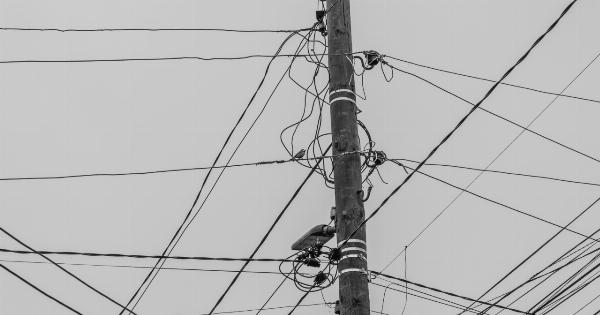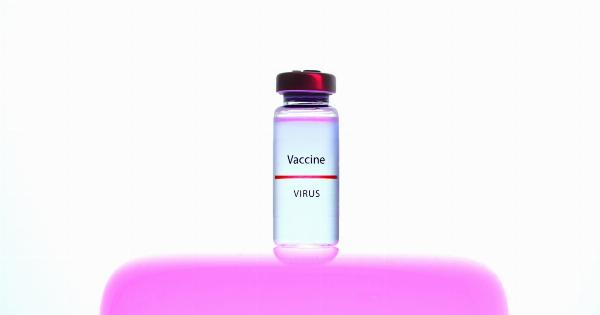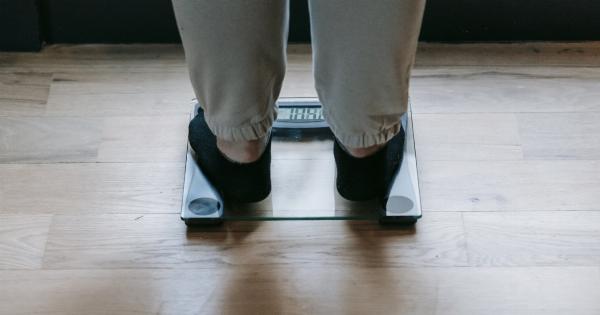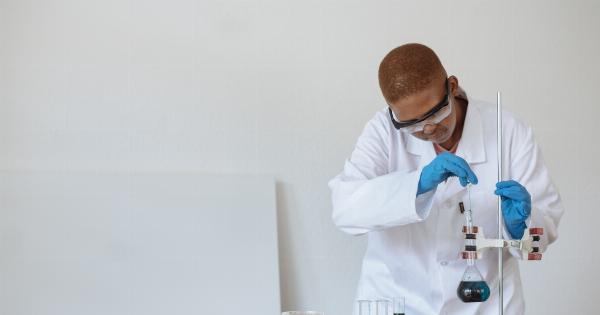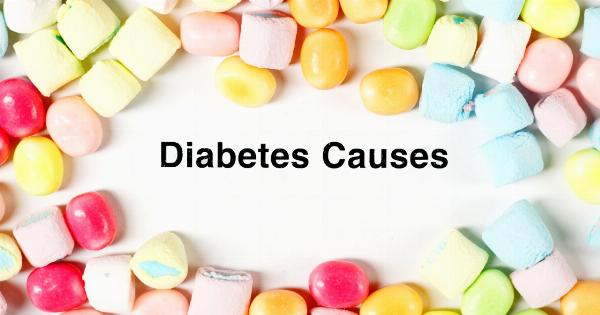Warts are a common skin condition that affects men and women of all ages. While often harmless, warts can be unsightly and uncomfortable.
In this comprehensive guide, we’ll take a closer look at warts in men, including their causes, symptoms, and treatment options.
What Are Warts?
Warts are small growths that appear on the skin. They are caused by a virus known as human papillomavirus (HPV) and can appear anywhere on the body. Warts can be flat or raised, with a rough or smooth surface. They may be pink, brown, or gray in color.
Types of Warts
There are several different types of warts, including:.
- Common warts – These warts are most commonly found on the hands and fingers.
- Plantar warts – These warts appear on the soles of the feet and can be very uncomfortable.
- Flat warts – These warts are small and flat and often appear in large numbers on the face, neck, and hands.
- Genital warts – These warts appear on the genital area and are sexually transmitted.
Causes of Warts
Warts are caused by the human papillomavirus (HPV). The virus enters the body through small cuts or breaks in the skin. Once inside the body, the virus can cause the cells to grow rapidly, resulting in the formation of a wart.
Warts are highly contagious and can be spread through direct contact with an infected person or by touching an object that has been contaminated with the virus.
Symptoms of Warts
The symptoms of warts can vary depending on the type of wart and its location. Common symptoms of warts include:.
- Small, rough growths on the skin
- Pain or tenderness in the affected area
- Bleeding or itching
- Dark spots or pinprick-size black dots on the wart’s surface
Diagnosing Warts
A doctor can usually diagnose warts by examining the skin. In some cases, a small tissue sample may be taken for further testing.
Treatment Options for Warts
Warts can be difficult to treat, and there is no guaranteed cure. Treatment options for warts include:.
- Topical treatments – Over-the-counter creams containing salicylic acid can help remove warts.
- Cryotherapy – This involves freezing the wart with liquid nitrogen.
- Electrosurgery – This involves burning the wart with an electric current.
- Surgical removal – In severe cases, the wart may need to be surgically removed.
Preventing Warts
The best way to prevent warts is to avoid contact with the virus. This includes avoiding touching an infected area or sharing personal items such as towels or razors.
When to See a Doctor
If you have a wart that is causing pain or discomfort, or if you have a wart that is getting larger or changing in appearance, it’s important to see a doctor. Your doctor can recommend the best course of treatment for your particular situation.
Conclusion
Warts are a common skin condition that can be unsightly and uncomfortable. While often harmless, warts can be difficult to treat.
By understanding the causes, symptoms, and treatment options for warts, men can take steps to protect themselves and minimize their risk of developing this skin condition.










